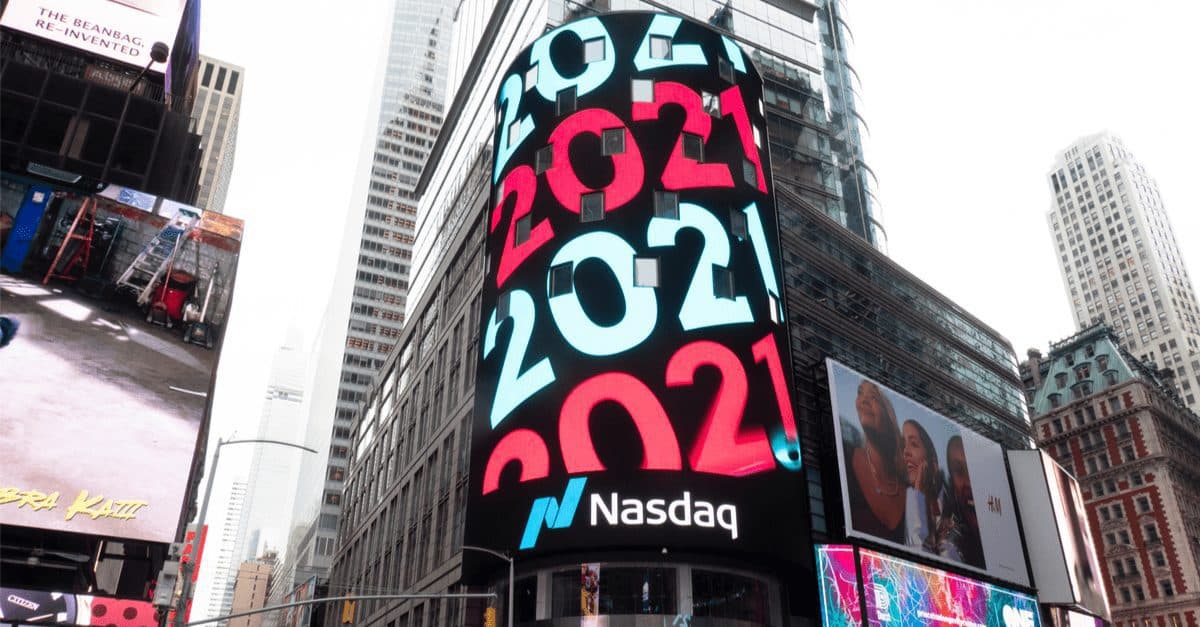Valkyrie’s BTF Trades $10M in First 5 Minutes
Investors weigh options after Valkyrie’s futures-based bitcoin ETF launched Friday, three days after ProShares’ product.

Source: Shutterstock
- Valkyrie’s BTF made its Nasdaq debut Friday as the second futures-based ETF available in the US
- Contango and roll costs, a major concern for many analysts, are not going to be a problem, Valkyrie CIO said
Three days after the ProShares Bitcoin Strategy Fund’s historic debut, Valkyrie Investments has brought the second fund of its kind to market.
“If you look at our filing date, our 75-day period actually doesn’t end until Sunday, so we were able to jump in a little bit earlier,” said Steven McClurg, chief investment officer at Valkyrie. “We were ready to go last Friday, we just kept getting a comment here or a comment there, really, really minor stuff.”
Valkyrie’s Bitcoin Strategy ETF made its Nasdaq debut Friday at $25.37. The launch comes shortly after Valkyrie changed the name of its ticker from BTFD, an acronym praised by many crypto enthusiasts on Twitter, to BTF on Wednesday. McClurg noted that the US Securities and Exchange Commission — perhaps unamused by the idea of having an ETF named after a bitcoin meme — did have something to do with the last-minute switch back to the original BTF.
Even being second to market, BTF was able to trade $10 million in the first five minutes of trading Friday. The Nasdaq last sale (NLS) volume topped 1 million shortly after noon.
“If you’re number one, you’re always going to get the most amount of flows, and you will have probably solidified your place as the top ETF, so we were really fighting to be number one,” McClurg said.
Leading up to BITO’s launch on Tuesday, experts warned that the futures-based structure would lead to contango, a situation where the futures price of bitcoin is higher than the spot price. ETFs that track futures must frequently trade contracts to maintain exposure, leading to roll costs for investors. For bitcoin, this roll cost has averaged about 10 percentage points of return annually.
McGlurg said that the nature of cash-settled futures in the case of BTF helps to mitigate roll cost concerns.
“Roll costs will depend on the liquidity and the size of the markets — they’re pretty expensive when it comes to commodities like oil, where you can’t take physical delivery,” McClurg said. “The futures contracts that we’re working with are cash settled, not physically settled, so you can hedge it really well.”
Investors can take basis directly to bitcoin spot, and market makers can trade on other exchanges, which takes out a lot of the roll costs, he said.
Should investors be worried about contango?
The amount of money locked in Chicago Mercantile Exchange futures contracts exploded following the launch of BITO, with more than $1.5 billion flooding the market after the fund’s launch on Tuesday.
BITO alone already accounts for a quarter of open interest in both October and November bitcoin contracts, and the market is about to become even more saturated with Valkyrie’s launch, VanEck’s expected launch and the many ETF applications currently sitting with the SEC.
According to a recent note, JPMorgan strategists Bram Kaplan and Marko Kolanovic worry that the carry costs could become even larger as these types of funds increase in assets. There’s a chance that roll costs could amount to more than the fund’s annual management fee, which is 0.95% for both ProShares and Valkyrie’s products, they said.
Other analysts believe the opposite: that roll costs will shrink as the ETFs grow in popularity.
“Strong inflows for the new ProShares Bitcoin Strategy (BITO) ETF show pent-up demand and quantitative traders targeting arbitrage opportunities, which are likely to narrow spreads and pressure volatility,” said Mike McGlone, senior equity strategist. “Rolling futures into contango is the top expense for most futures-based ETFs, but we see bitcoin on track to trade like gold.”
McGlone said that the contango seen now is artificial, and as ETFs grow in popularity, it will be arbed out in time. In the past, it would have been difficult for hedge funds to arbitrage, or sell the out of money calls on futures and buy the underlying assets, but ETFs present a new opportunity.
“Now that we have widely disseminated ETFs to do this, this arb that I think — one of the best arbs I’ve ever seen — is going to get squashed, because people are going to come and take the free money — just a matter of time,” said McGlone.
Right now with futures, McGlone pointed out, investors can only access about three-to-one leverage, as opposed to gold where investors’ leverage can reach 20-to-one.
“Leverage in futures is part of the business, and it’s been the key thing that’s precluding traders from touching the futures, so that’s the key thing that has to change,” he said. “That restricted leverage has to open up, that’s going to happen with more participation, I don’t know why the CME is holding back.”
At the time of publication, BTF was trading 5.81% lower to $24.18.
Are you a UK or EU reader that can’t get enough investor-focused content on digital assets? Join us in London on November 15th and 16th for the Digital Asset Summit (DAS) London. Use code ARTICLE for £75 off your ticket. Buy it now.






